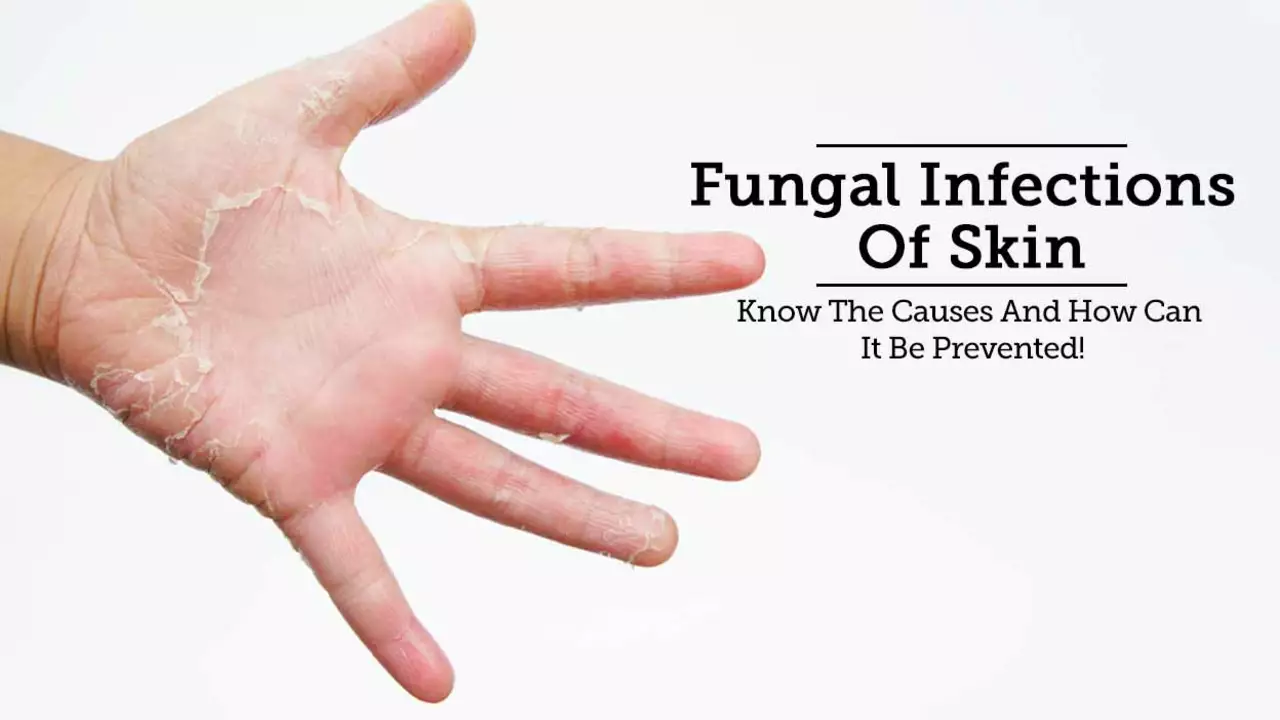Understanding Fungal Infections: Symptoms, Causes, and Treatments
Fungal infections are surprisingly common and can affect many parts of the body—from your skin to nails and even inside your mouth or gut. They happen when fungi overgrow, often because your immune system is busy or the environment gets just right for these little critters to spread. You might notice redness, itching, flaky skin, or even more serious symptoms depending on the type and location.
Not all fungal infections are created equal. For example, athlete’s foot and ringworm affect the skin, while yeast infections often target moist areas like the mouth or genitals. Toenail fungus can be stubborn and often needs longer treatment.
What Triggers Fungal Infection?
Fungi love warm, damp places, which is why sweaty socks or tight shoes can invite athlete’s foot. Things like cuts, a weakened immune system from illness or medication, and even antibiotics can also open the door to fungal growth by disturbing your natural balance.
Good news? Most fungal infections are treatable with antifungal creams, powders, or oral medications. It's important to start treatment early because fungal infections can spread or become chronic if ignored. If you notice persistent symptoms or if over-the-counter products don't help, it’s smart to see a healthcare provider.
Preventing Fungal Infections Made Simple
You don’t have to live in fear of fungal infections. Simple habits can keep you protected: keep your skin clean and dry, change socks and underwear daily, avoid sharing personal items like towels or shoes, and wear breathable fabrics whenever possible. When dealing with public pools or gyms, using flip-flops helps reduce risk.
Understanding fungal infections means you’re better equipped to spot trouble early and handle it before it worsens. Remember, quick action and proper hygiene go a long way to keeping your skin and nails healthy.
- Stéphane Moungabio
- 6
The environmental factors that contribute to fungal skin discoloration
In my exploration of the environmental factors contributing to fungal skin discoloration, I discovered that humidity and warmth are key contributors. These conditions foster the growth of fungi, increasing the chances of skin infections which often lead to discoloration. Poor personal hygiene and prolonged exposure to contaminated water or soil can also increase the risk. Additionally, wearing tight, non-breathable clothes can create a damp environment ideal for fungal growth. It's clear that our environment plays a significant role in our skin health, particularly in relation to fungal infections.
Read more
